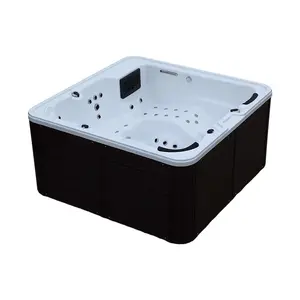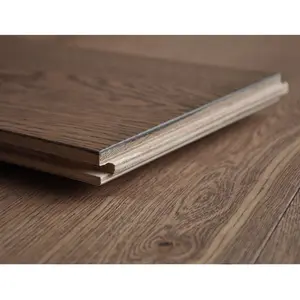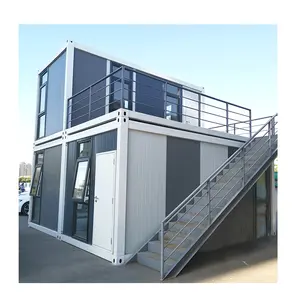Popular in your industry











































































Related Searches:




























































Top categories
About gravel trench drain
Introduction
Effective water management is a key factor in maintaining any property. Gravel trench drains provide an efficient solution to this need. These subsurface drainage structures, akin to French drains, are engineered to divert water from the soil into an underground trench filled with gravel. This guide will explore the intricacies of gravel trench drains, including their components, types of gravel used, benefits, installation, maintenance, and comparison with other drainage solutions. We will also delve into real-world applications through various case studies, showcasing the versatility and effectiveness of this water management system.
Understanding Gravel Trench Drains
A gravel trench drain, similar to a French drain, is a subsurface drainage structure designed to manage water saturation in the soil. It operates by diverting water from the surrounding soil into an underground trench filled with gravel. The voids in the gravel facilitate easy water travel, making the gravel bed the path of least resistance. The water then flows into perforated pipes at the bottom of the trench and is eventually discharged to an outlet. This system is designed to accommodate the natural flow of water from higher ground to the lowest point.
Components of a Gravel Trench Drain
A gravel trench drain, also known as a French drain, comprises several key components. It begins with a trench dug from the area that needs drainage to your chosen outlet. The trench is then lined with filter fabric and filled with about 3 inches of gravel or landscaping stone to act as bedding for the drainage piping. A perforated pipe is set in the trench, which is then covered with more gravel and filter fabric. The trench is finally backfilled with topsoil. An alternative gravel-free drainage system uses a corrugated pipe surrounded by polystyrene aggregate wrapped in filter fabric.
Types of Gravel for Trench Drains
The choice of gravel is crucial when constructing a gravel trench drain. The stone should be no less than ¾” and dense, such as Granite or River Gravel, to allow good water flow. Lime Rock, although inexpensive, is not recommended as it deteriorates over time, restricting flow. If you plan on putting sod over your drain, a 2” layer of Diamond Sand is suggested. Remember, the quality and type of gravel used can significantly impact the efficiency of your trench drain.
Benefits of Using Gravel Trench Drains
Gravel trench drains offer several benefits. They protect your property against water damage, preventing water from pooling and seeping into the foundation of your house. They increase safety by reducing slipping hazards on potentially slippery surfaces like pool decks and patios. Trench drains also enhance the longevity of paved surfaces around your property by preventing water pooling. They improve sanitation by preventing the breeding of mosquitos, bacteria, viruses, and parasites in stagnant water. Lastly, they play a crucial role in public roads, removing pooled water and reducing the risk of hydroplaning.
Designing and Installing a Gravel Trench Drain
Designing and installing a gravel trench drain involves several steps. First, dig a trench where you plan to install the drain. Line the bottom with a weed barrier or water-permeable fabric mesh, then fill it with about two inches of gravel. Install a drain inlet and a perforated pipe on top of the gravel. Cover the pipe with more gravel, wrap the excess fabric around the pipe and gravel, and fill the remaining space in the trench with gravel. Optionally, you can add topsoil, mulch, and landscaping for aesthetic value and erosion prevention.
Maintenance and Troubleshooting
Maintaining a gravel trench drain is crucial for its longevity and functionality. Regular cleaning, especially in areas with high debris or chemical exposure, is necessary. The area around the trench should be kept clear of debris, and any clogs should be addressed immediately. The grates should be kept in good condition and in place to prevent larger items from causing damage. Regular maintenance ensures the drain performs optimally and lasts for many years.
Gravel Trench Drains vs. Other Drainage Solutions
There are several types of drainage systems, including slot drains, French drains, trench drains, and swale drains. Slot drains are slim, modern, and effective, even in heavy rainfalls. French drains, named after their inventor, are subsurface structures that divert water from the area where the drain is situated. Trench drains are surface systems designed to intercept the flow of surface water runoff over vast expanses. Swale drains are broad, shallow surface systems that slow and control water runoff. Each of these systems has its own advantages and applications, but gravel trench drains offer a unique combination of efficiency and versatility.
Case Studies and Real-world Applications
Drain rock, a type of gravel, is invaluable in managing water flow in various applications. It's often used as a base layer under driveways, efficiently collecting and filtering water. French drains, popular in landscape design, use drain rock to filter water into a perforated pipe. In gardening, drain rock prevents soil erosion and acts as a weed barrier. It can also be used to create comfortable backyard pathways. These real-world applications highlight the versatility and effectiveness of gravel in managing water flow, making it an ideal choice for trench drains.
Conclusion
Gravel trench drains are an effective and versatile solution for managing water saturation in the soil. They not only protect properties from water damage but also enhance safety and sanitation. The choice of gravel used, the design, and regular maintenance are all crucial factors in ensuring the longevity and functionality of these systems. While there are other drainage solutions available, gravel trench drains offer a unique combination of efficiency and versatility, as evidenced by their wide range of applications. Whether you're dealing with water management for driveways, gardens, or public roads, gravel trench drains are a reliable and efficient choice.






















